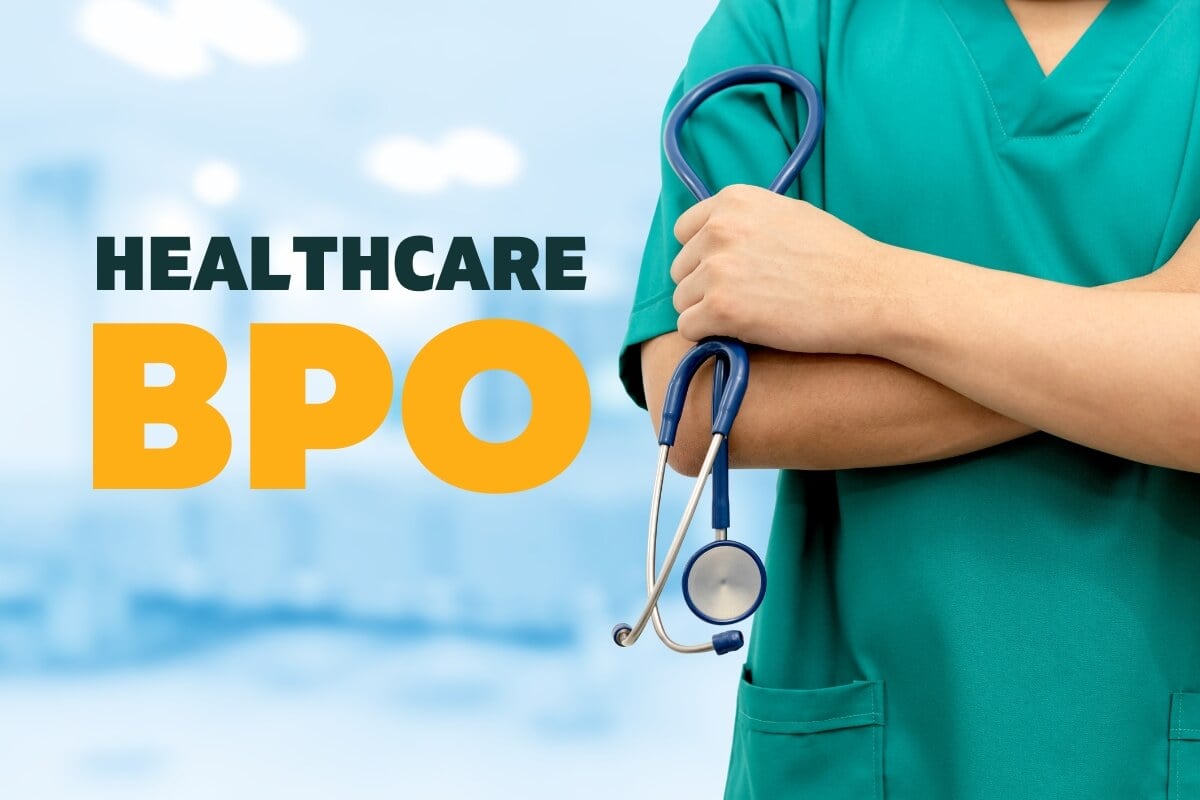A Comprehensive Guide on Exactly How Healthcare RCM Functions to Enhance Invoicing and Collections
Navigating the intricacies of healthcare profits cycle administration (RCM) is critical for providers intending to improve their payment and collections procedures. The overview unpacks the intricacies of RCM, from patient registration to accounts receivable management, supplying insights right into optimizing each action. Integrating innovative technology and standard procedures can significantly minimize case denials and increase settlement cycles. Yet, the real challenge exists in seamlessly combining these components to improve cash circulation. As we check out the core parts and methods that drive efficiency, one inquiry remains: how can health care entities finest placement themselves to prosper financially in an ever-evolving sector?
Comprehending Profits Cycle Monitoring
RCM is a vital management function that encompasses the entire financial procedure of person care, from the initial consultation setting to the final repayment of the equilibrium. It is a complex procedure developed to determine, gather, and manage the income from the services supplied to patients.
The RCM process starts when a patient routines a consultation and expands via the individual's treatment trip, including billing and collections. A key purpose is to minimize the time in between supplying a solution and receiving payment, hence improving the organization's financial health. RCM includes different functions such as individual registration, insurance verification, charge capture, coding, asserts entry, repayment uploading, and taking care of rejections and appeals.
Key Parts of RCM
In the world of Income Cycle Management (RCM), recognizing its key elements is fundamental to achieving financial efficiency within healthcare companies. RCM is an extensive procedure that encompasses numerous stages, each important to making sure reliable billing and collections. The primary parts include person enrollment, insurance confirmation, cost capture, coding, claim submission, settlement posting, and accounts receivable administration.


Once coded, cases are sent to payers, where accuracy is vital to stay clear of delays or denials - Healthcare RCM. Settlement posting includes videotaping the obtained settlements, which permits the settlement of accounts. Last but not least, accounts receivable administration concentrates on tracking and resolving unsettled insurance claims, guaranteeing timely follow-up and resolution
Each element of RCM is adjoined, and inadequacies in any kind of component can interrupt the whole cycle. Consequently, understanding these aspects is crucial for medical care service providers to enhance income and improve their monetary health and wellness.
Approaches for Effective Invoicing

Standardizing billing treatments throughout the company is an additional crucial method. Developing clear guidelines for documentation, coding, and entry assists preserve consistency and compliance with regulatory demands. Educating personnel consistently on these procedures makes certain every person is updated with the most recent modifications in billing codes and payer plans.
Precise fee capture is important in preventing profits leakage. Executing regular audits and surveillance systems permits the recognition and correction of inconsistencies before they affect earnings. Furthermore, keeping open lines of interaction with payers assists to promptly solve any kind of disagreements or misunderstandings that might occur.

Last but not least, interesting patients early in the payment procedure by providing clear estimates and academic materials about their economic duties can significantly reduce complication and boost settlement timeliness. These strategies jointly add to a more monetarily healthy and effective invoicing system.
Enhancing Collections Processes
Given the visit their website complexities of clinical billing and the variety of payer needs, enhancing the collections process entails implementing calculated procedures that ensure prompt and exact repayment of solutions provided. Automation devices can aid in tracking case statuses, sending timely tips to individuals, and managing denials a lot more successfully.
Educating team to comprehend the subtleties of insurance plan and billing codes is equally vital. This understanding equips them to resolve payment discrepancies quickly and connect properly with patients regarding their monetary responsibilities. Furthermore, transparent and clear person interactions are crucial. Offering in-depth explanations of costs and using flexible settlement strategies can enhance person satisfaction and prompt payments.
Normal audits of the collections process must be conducted to determine areas for enhancement and guarantee compliance with regulations. By examining information, medical care companies can identify patterns, anticipate prospective problems, and adjust approaches appropriately (Healthcare RCM). Ultimately, a well-enhanced collections procedure not only supports economic health but likewise adds to an extra seamless experience for people and staff alike
Optimizing Income Streams
Structure upon the foundation of a solid collections process, health care companies can further strengthen their economic stability by strategically maximizing income streams. This involves a multi-faceted approach, beginning with a thorough analysis of existing earnings resources to determine inadequacies and locations for growth. Utilizing innovative data analytics tools allows companies to get insights into payer mix, person demographics, and service utilization patterns, permitting for data-driven decisions that boost income capture.
Applying automated billing systems can substantially decrease go to this web-site mistakes and speed up claims refining, guaranteeing that revenue is gathered more efficiently. In addition, enhancing important site payer agreements with routine negotiations can improve compensation prices and terms, straight impacting the lower line. Diversifying service offerings, such as integrating telehealth or health care, can additionally draw in a broader patient base, thus enhancing earnings possibility.
Another crucial element is enhancing client interaction and contentment, as completely satisfied patients are a lot more most likely to follow treatment strategies and make prompt repayments. Supplying versatile settlement choices and clear billing methods can improve collections and foster client commitment. Healthcare RCM. By taking on these strategies, health care organizations can create an extra resistant financial structure, guaranteeing continual development and stability in an ever-changing sector landscape
Final Thought
In verdict, health care Revenue Cycle Management (RCM) plays an important duty in maximizing invoicing and collections processes by incorporating key parts such as client registration, insurance coverage verification, fee capture, coding, declares submission, and balance due management. By utilizing advanced technology, systematizing treatments, and promoting client involvement, medical care suppliers can significantly decrease claim rejections, increase settlement cycles, and improve money circulation. This extensive technique to RCM inevitably causes enhanced economic performance and sustainability for health care organizations.
The RCM procedure starts when a person routines an appointment and extends with the person's care trip, consisting of payment and collections.An additional important part is enhancing patient interaction and satisfaction, as completely satisfied clients are extra likely to stick to treatment plans and make prompt repayments. Using adaptable repayment choices and clear payment methods can boost collections and foster client commitment.In conclusion, medical care Profits Cycle Monitoring (RCM) plays a vital duty in enhancing payment and collections procedures by integrating crucial components such as client enrollment, insurance policy confirmation, cost capture, coding, declares submission, and accounts receivable monitoring. By utilizing advanced innovation, systematizing procedures, and fostering individual engagement, healthcare service providers can substantially decrease claim rejections, speed up payment cycles, and boost cash flow.